Historical fiction: little lives matter most
The big in the small: Why I avoid the epic
As a writer of historical fiction I never wanted to write the big and epic. As my plots are character-driven and emotional, I don’t need the kings and chieftains to paint a picture that matters. I look at the little lives that are rarely told by history.
Because the little lives matter, too. In history, and for the reading experience. A reader will hopefully feel just as much and cheer on a struggling character just the same (or even more?) if she is just an average girl of the time and not a powerful king. For the stories I write, the big politics and tactics are a distraction. I set them in a certain period an area to get a framework, yes, and I’ve done my research, always (I’ll write more on that another time) BUT then I zoom away from the “big facts” history books report, and in on the littler lives, the smaller events, or just a remote hut and its inhabitants. To the farmers and warriors, monks, healers and housewives – and what their passions, struggles, heartaches and pains were.
Passion is biggest in the little lives
Back in the Viking days, especially the earlier time period I most often feature, warriors who fought for a chieftain or king were simple men from remote farms. In a shield wall, I imagine they were focussed on surviving the skirmish with honour, and returning home as soon as possible to make sure that crop came in and the family was safe.
And his wife, who was in charge of the entire household and wore her keys with pride and a strong hand to ensure survival through harsh winters … she would be hoping for his safe return, wondering and waiting for news every day. Life was tough back then. Family meant everything: it was life support; alone you were lost. I imagine these people’s struggles to be much worse than that of the kings or chieftains who could buy goods and people.
I imagine their hardships to be complex, and they had to be unbelievably versatile in their skills to make sure the family survived winter after winter – and the men the next fight. Fights back then could happen abroad, for a chieftain, or to gain honour and wealth. But they could also happen on your doorstep, literally when you walked out to cut the hay, in the form of someone a family member had insulted. Life was tense, I imagine, you had to be alert and ready. You had to endure a lot, man or woman. Were people tougher back then? I think so.
Were they more emotional? I don’t think so. But did they have big emotions? Surely. Read the sagas, the scaldic poems. They are not “romantically” emotional, and for my romance writing I’d love that as a find. But they were sure passionate! One had to stand up for his beliefs, alliances, and family honour. And not only the wealthy and powerful: every single, little man, too. So I think in the smaller lives, the passions were big, because life and death were so immediate.
Zooming out of the epic and into the big in the small
It’s in this framework I set my stories. I zoom in on the little lives, the more daily grind. I dive under the thatched or turfed roofs and look at the passions of the normal people. As I imagine them if something unusual happened that ignited something.
In “The Current – A Battle of Seduction” I don’t write about the big battle and the kings that instigated it. I show the aftermath, two exhausted warriors who are glad to have survived another time when they risked their little lives for the big chieftains. I imagined their state of mind – and body – and what unusual encounter could be interesting. So I let my exhausted Aldaith stumble upon a rare female fighter that had caught his attention. And I let their mindsets be such that the adrenaline triggers a very different battle, where the aftermath of brutality turns into sensuality.
I did that not for the steamy encounter as such. I wanted to show something deeper – as one reader put it: “the need to affirm life in a basic way but not without emotional connection” – YES! I’m so happy when readers understand the character’s motivations like that. These simple warriors didn’t much care for the big goals of their leaders. They were hired to function, they functioned, which took its toll on them, physically and mentally.
Two warriors reaffirming life
So when attraction strikes, they use the opportunity to get back to themselves, their needs, their way of dealing with the stress and fatigue, the fear and pain they endured for someone else’s gain. As another reader said, it’s a “rarely told part of the story” – the normal fighters, the littler lives, the aftermath.
But for me, in there are the biggest emotions, the truest stories.
History, the big, defining events, can be selective, faked, adjusted, ignored, exaggerated.
With my historical fiction, I don’t do my version of what became history as we know it today.
I want to get to the core, to zoom in and show: history is the people, normal men and women, passionate and fearful, struggling and striving to make a life, to succeed after their own definition. Passion can have many faces.
My passion is the littler lives … that host all the biggest emotions.
“The Current – A Battle of Seduction” is out now and available for FREE at all major retailers:
Marked from the latest battle, Aldaith wants to recover by a stream. But instead of finding solitude, he stumbles on the fearless shield maiden Nyssa. The fierce beauty invites Aldaith into the water to engage in a very different kind of battle – one for which his training leaves him unprepared.
HAPPY READING & WRITING!

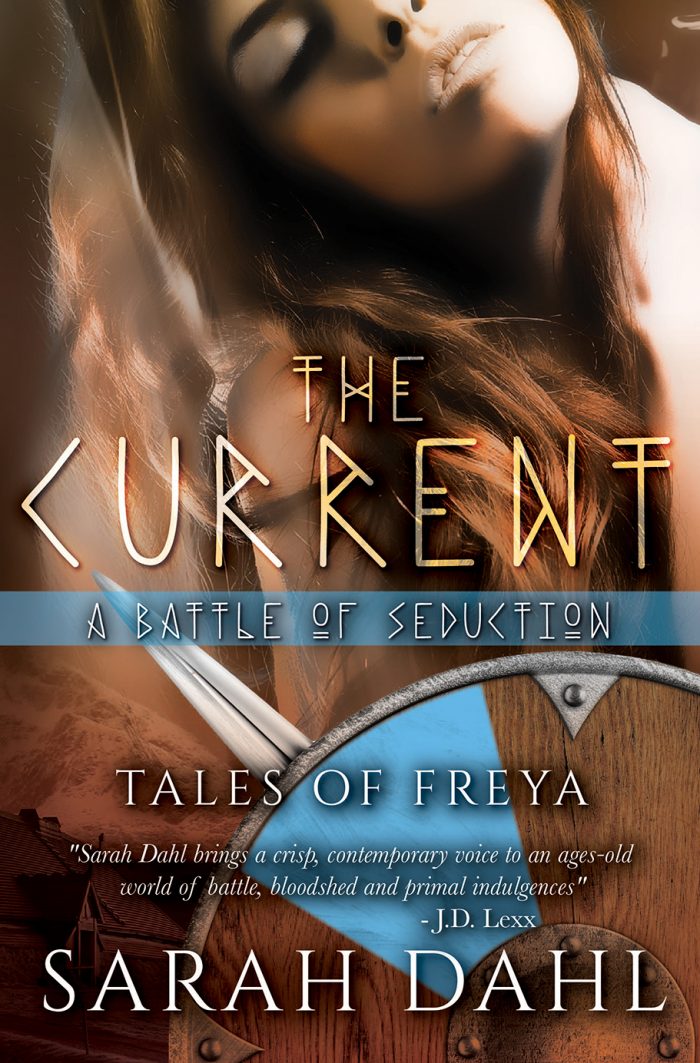
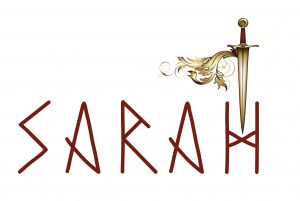
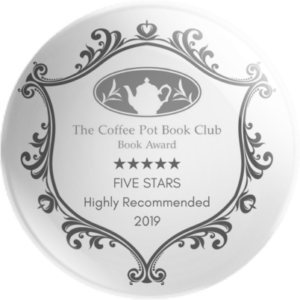
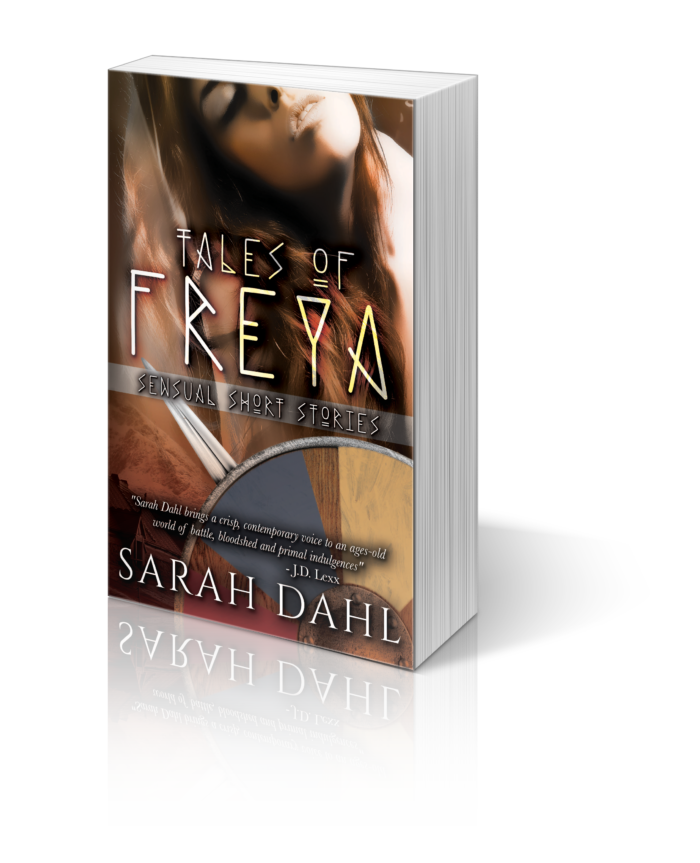
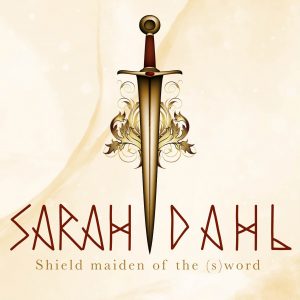
Comments (0)